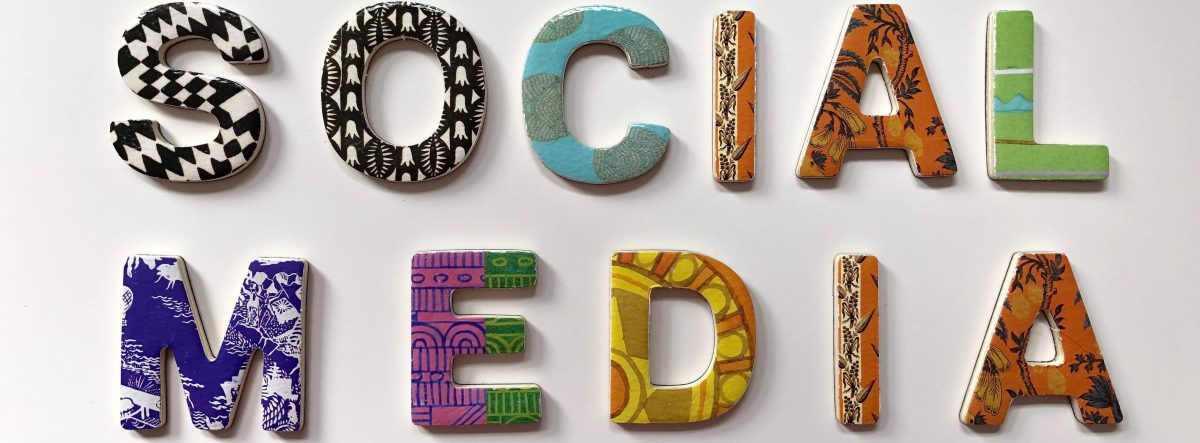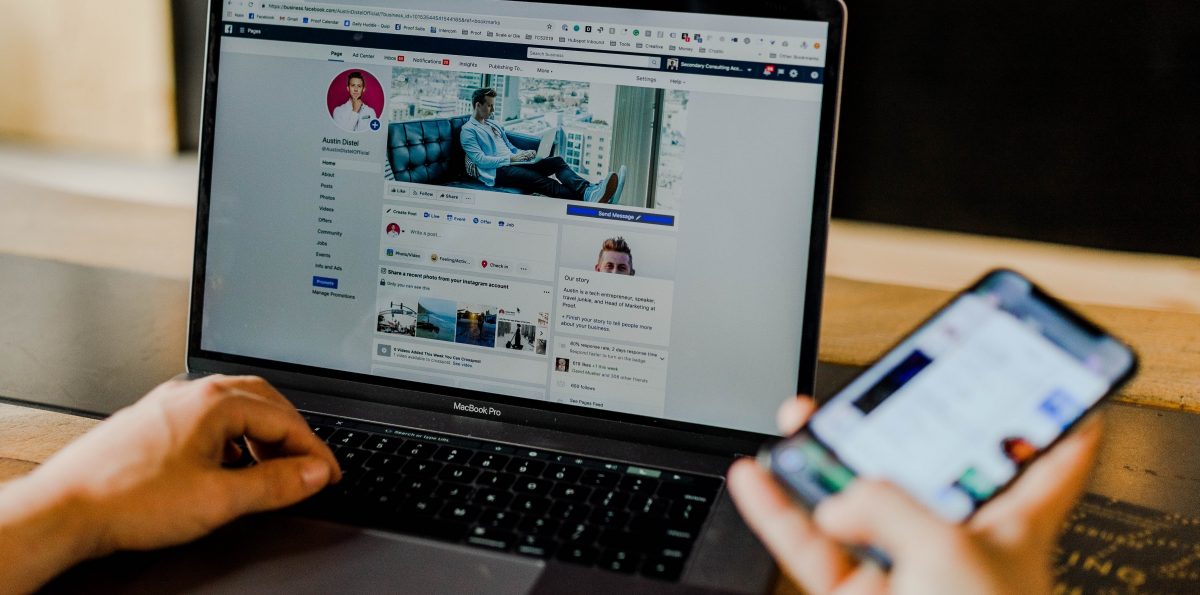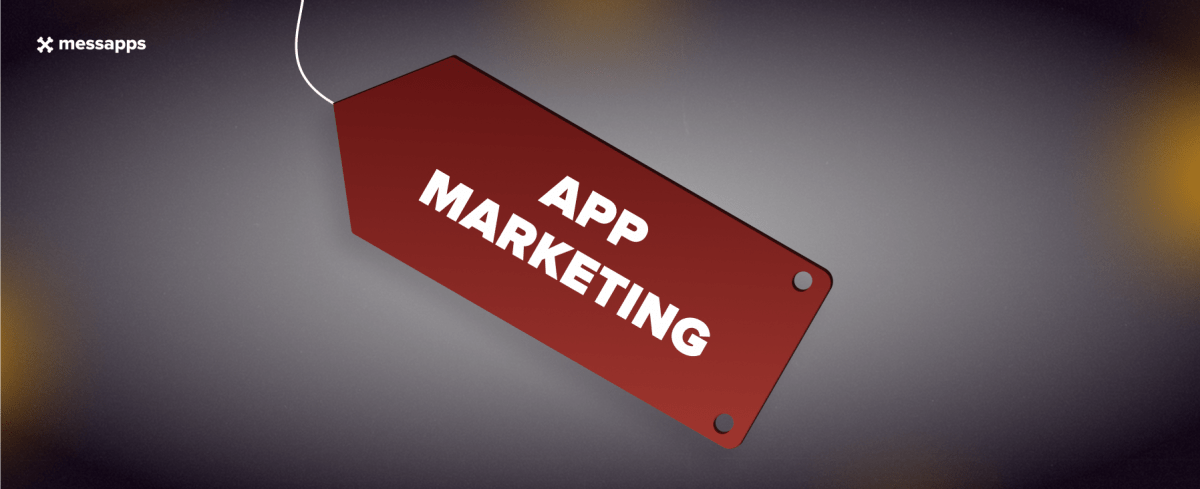Social media is running unrestrained through the streets of the 21st century, and as a creator of an app, you need to harness it and take control. With seemingly everyone you meet a part of some form of social media, it is an important marketing strategy for your app to be a part of social media as well. With social media, you can attract new users and maintain a presence for current ones, thereby driving overall demand for – and subsequent revenue from – your app.
There are several benefits to using social media, and app creators are becoming more and more aware of this, using social media in new and effective ways to encourage current and prospective users. Tinder, for instance, uses social media outlets such as Facebook and YouTube to spread awareness of important issues such as sex trafficking and forced marriage. While not explicitly a promotion for their app, these posts generate positive attitudes towards Tinder from current or potential users.
Another example of successful social media marketing is Angry Birds. The app has Facebook, Twitter, and Google+ accounts, and posts about two to four times a day to each site, making sure to always remind their followers about their app. This leads us to the first most important aspect to successful social media use:
- Maintain a consistent presence
Some of the most popular social media sites include Facebook, Instagram, Pinterest, Twitter, YouTube, and Google+. Which sites you join depends on your app and the amount of time you are able to put into social media. Based on the importance of having a social media presence, making time should be a priority, though if you genuinely cannot find the time to maintain many accounts, then stick to just a few – there is nothing worse than following a social media account only to find that it is blank and unresponsive.
Whether you have just a Facebook account, or if you have six other social media accounts, you need to maintain a consistent presence on each. You can post twice a day to each account, once a day, or once a week – just be consistent. Additionally, make sure to maintain a uniform voice across accounts and your app. Trustworthiness and credibility dissolves once the voice waivers.
Once you have established your presence, you can move on to using social media to your advantage. Continue reading to learn the key factors to successfully using social media to promote your app.
- Highlight new features
With users constantly demanding more from your app, you will have app updates fairly regularly. When this time comes, it will be helpful to have social media accounts to inform your users about any new features your app has and generate increased interest, instead of relying on them stumbling into it themselves.
- Ensure users are kept happy
New updates are a way to incorporate not only your new ideas into the app, but also user feedback. Negative feedback can be combatted – as long as you are actually working to improve a critiqued feature – by ensuring users via social media that their ideas are being heard, and updates are being made. By knowing that app creators aren’t simply focused on their own ideas and what they want, user satisfaction goes up, and therefore commitment to the app as well.
- Create a dialogue
Social media can be used in two ways to create a dialogue: user-to-user, and you-to-user. The former is a great way to connect people using your apps if the app itself does not have a community or forum option within. By starting conversations between users, they generate a deeper connection to the app and are more likely to continue returning to it. The Crowdfire app is a great example of effective community building; it has a strong presence on Google+ where users can come to share ideas and inspiration.
The latter type of dialogue is helpful for increasing credibility and reliability. Consistently responding to feedback from users reminds users that there are humans behind the app, and give users something with which they more naturally connect. Responses to positive feedback show that you care about the user and are doing this for them, while responses to negative feedback show that you are listening, as mentioned above.
- Generate hype pre-launch
Social media is a fantastic way to begin building up your user base before you even launch the app. If you’re a pre-established offline company with any sort of following, you can use social media to announce your new app and make sure your already devoted customers know about it when it comes out. For new companies, generating a social media following focusing on hype for your app is a quicker way to get your app seen and downloaded than without this extra social media marketing.
- Offer rewards
If your app makes use of in-app credits, for instance coins or points, that can be used to access other features of the app, then consider offering a certain number of credits as a reward for the user linking in with you on social media. Doing this is a win-win situation, with emphasis on your win. Because the user has received a reward, they now have more reason to use your app (to redeem whatever it is that the reward will provide), and therefore a greater likelihood of continuing to come back to it. You will also now have a greater presence in their daily life, even if there are days where they do not use the app, because they have chosen to follow your social media accounts. This will also lead to more committed users.
- Promote in-app purchases
While you will use social media for general promotion and relevant information, it is also beneficial to remind users of the extra content they can access with in-app purchases, if your app has them. The combination of seeing this option in both the app and on social media will create a lasting impression with your users and make it more likely that they will make a purchase.
- Share other content rich media that is not directly promotional
Don’t think that you have to stick to sharing content that strictly relates to your app. Expand the content you share to include related content that will in turn cause users to be more drawn to your app. For example, List Ease, an app that allows you to create and collaborate on lists for when you go shopping, recently shared a meme about grocery shopping with the suggestion that maybe the people in this meme would be better off if they had downloaded List Ease. With this example we can see how content that is not generated specifically to be promotional can actually be used as enticing content to help your app.
You can also use social media to showcase other content your company has made that will create positive sentiments towards the company, and therefore the app. You can see this successfully executed in Tinder’s thought provoking videos and posts.
Like we said: it’s not enough to just create a social media account and slap your app’s name on it. Social media is work, but if you follow our guidelines, it can be a lot of fun and immensely rewarding.




